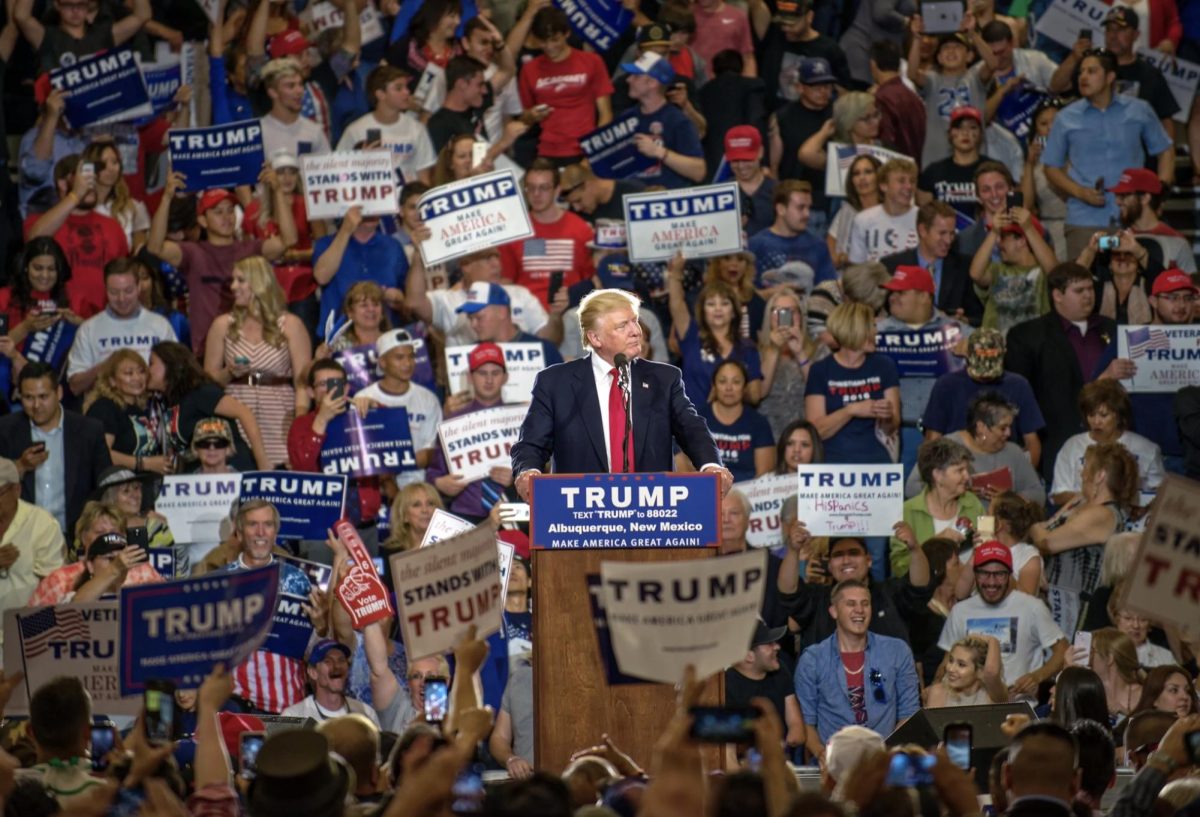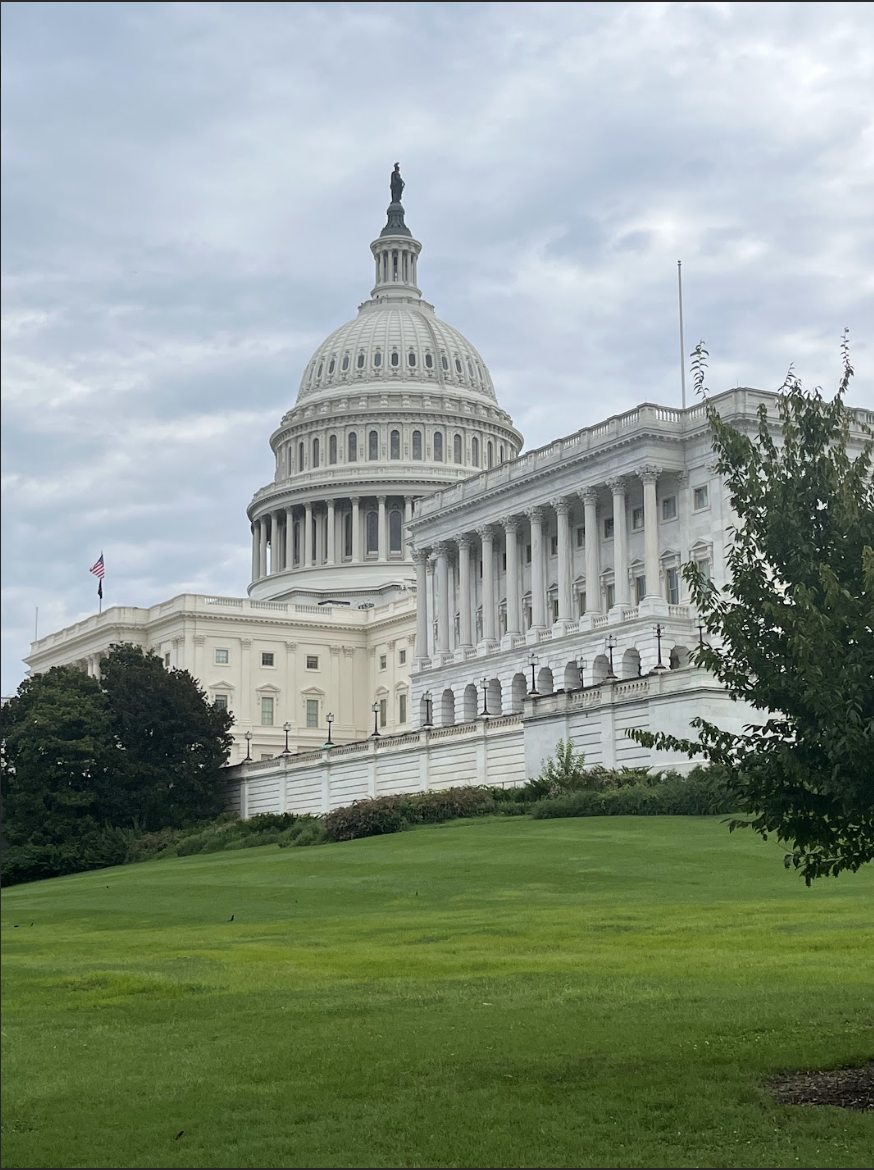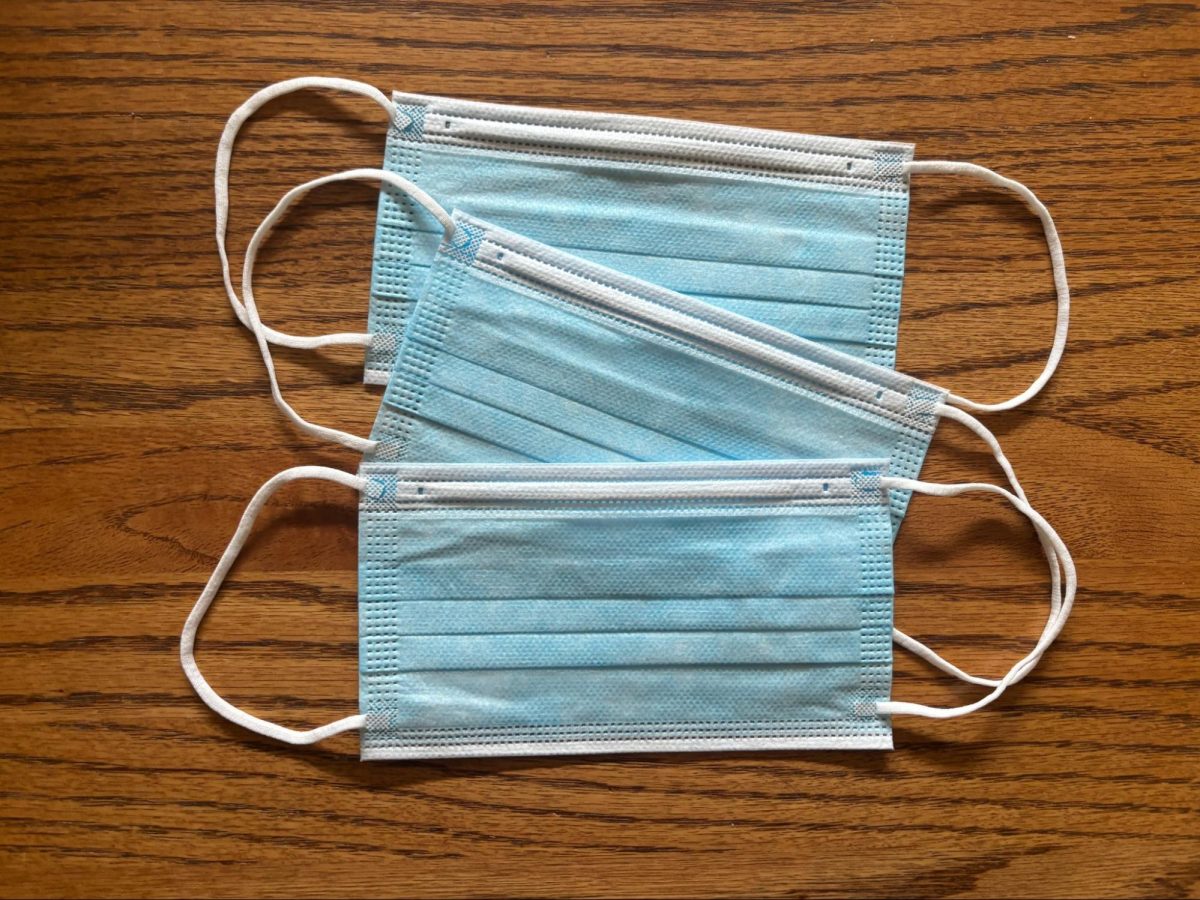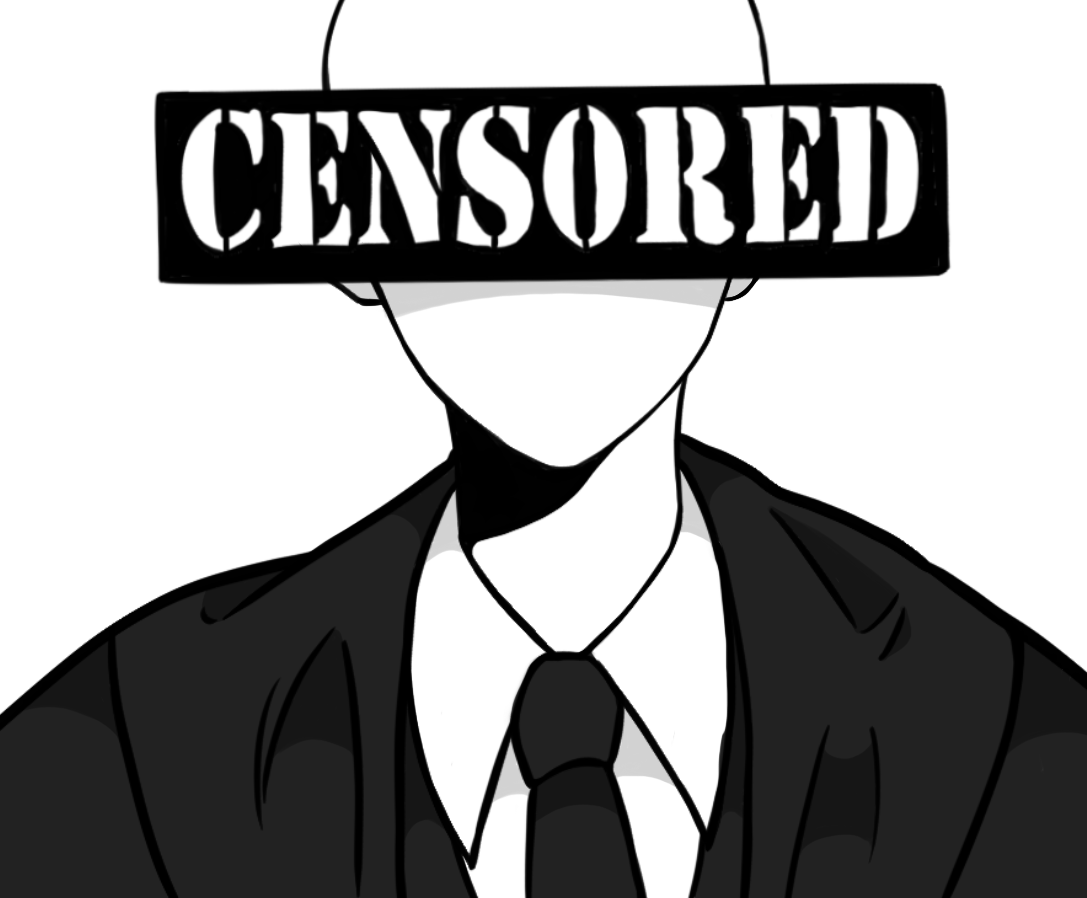As of Feb. 9, 2025, President Donald J. Trump has signed over 50 executive orders, the most in a president’s first 100 days in over 40 years.
In just three weeks, he has made changes to the government, economy, immigration, foreign affairs and many others.
Inaugurated on Jan. 20, 2025, Trump is the second president in America’s history to be elected to two non-consecutive terms, with his first term in 2016-2020.
On his first day of presidency, he issued 26 executive orders. The Campaign Legal Center defines an executive order as “presidential instructions that direct executive branch agencies and staff to take (or stop taking) specific actions.”
While executive orders (EOs) cannot overturn federal laws, they do not require Congressional approval. If Congress were to try invalidating such orders, the President still holds the power to veto.
In simpler terms, the President has the power to make fast, impactful decisions without approval.
On January 21, one of the first things President Trump did was rescind 78 of the Biden administration’s EOs, specifically their DEI (diversity, equity and inclusion) initiatives.
Two of the most impactful orders Trump issued were EO 14151 and EO 14173, titled “Ending Radical and Wasteful Government DEI Programs and Preferencing” and “Ending Illegal Discrimination and Restoring Merit-Based Opportunity,” respectively. Both aim to end DEI mandates and eliminate “environmental justice” positions in the federal government, as well as eliminating DEI requirements for employers.
According to ABC News, DEIs are “intended to address and correct discriminatory policies or practices that may be found within an organization,” with examples including “implementing accessibility measures for people with disabilities” and “addressing gender pay inequity.”
These cancellations apply especially to the United States military, specifically surrounding women’s and mother’s support groups. Initiatives created in these support groups, including the ability for a woman to take leave after having a miscarriage, have been canceled as they fall under the broad expanse of DEIs.
With these removals, millions of American citizens will have a harder time finding work that they feel safe and secure in.
Trump’s decisions have sparked a heated debate online. One Reddit user wrote, “Look, you have to be a stupid imbecile to think that this isn’t meant to target and strike fear into any federal employee who isn’t white, male and straight and/or a MAGA cultist,” while another responded to their comment with, “You’re so delusional. It’s actually pathetic. I’m so happy Kamala [Harris] didn’t win thank GOD.”
Another decision made by Trump was to withdraw the United States from the World Health Organization (WHO) and withdraw from the Paris Climate Agreement for the second time.
The WHO is a specialized agency of the United Nations (UN), responsible for global public health, including the process of detecting, monitoring and responding to any emerging health threats or diseases.
According to a Johns Hopkins University article about the withdrawal, it is likely that “the global community, including Americans, will suffer and have poorer health.” Leaving the WHO leaves the U.S. entirely out of the loop if a new disease were to cause another large-scale outbreak.
The Paris Climate Agreement is an international treaty on climate change that vows to keep global warming below two degrees Celsius. It legally binds those who’ve signed to act to fight climate change. By leaving the Agreement, Trump is no longer required to do so.
He previously left the Agreement in 2017, but it then had a four-year-binding delay. The U.S. was out for only a few months before former President Joe Biden rejoined.
It’s no surprise Trump has left the Paris Climate Agreement once again, as he has stated multiple times that he believes climate change is a “hoax.” His popular phrase “drill baby, drill” only adds to the evidence that the environment is one of his lowest priorities, if at all.
Arguably the most substantial changes Trump has made regard immigration. An article by Cal Matters details much of both his actions and his future plans.
According to Cal Matters, Trump has largely expanded the reach of the U.S. Immigration and Customs Enforcement (ICE), expanding the use of a process called “expedited removal,” which are deportations allowed to bypass immigration courts.
He also not only revoked a policy barring ICE agents from making arrests in sensitive spaces (i.e. schools), he sought to end the century-old rule granting automatic citizenship to children born on U.S. territory, regardless of the documentation status of their parents. This change would have stripped the citizenship of over 24,000 people in California alone.
This order was quickly stopped by federal judges responding to several lawsuits.
He’s also focused on canceling many legal immigration paths the Biden administration put in place, which protected immigrants from “tumultuous home countries” (Cal Matters) and allowed immigrants to gain work permits with American sponsors. These reversals would cause almost all these immigrants to go through the expedited removal process.
His orders don’t stop there. He has implemented several tariffs (a tax on a specific import/export) that would raise prices tremendously in America, where citizens are already struggling to afford basic necessities amid massive amounts of inflation.
On Feb. 10, 2025, President Trump “imposed a 25% tariff on all steel and aluminum imports into the United States with no exceptions or exemptions.” (CNN).
This tax comes alongside previous orders from Feb. 1 to enact additional 25% tariffs on imports from neighboring countries Canada and Mexico and an extra 10% tax on imports from China.
These have been claimed to start “making America rich again,” according to Trump in his tariff announcement.
However, these taxes will undoubtedly cause a price increase of many goods, making them all the more difficult for struggling families to afford. This is in line with past behaviors like targeting the Affordable Care Act (Obamacare) and proposals that would raise rent for four million low-income Americans.
The BBC claims products ranging from canned soda, beer and fizzy drinks to cars and household appliances will likely see a price increase.
His new metal tariff, if enacted in March, would add on top of the 25% Canada and Mexico tariffs, reaching a whopping 50% tax on all of their imports.
Though the economy is driven by consumer spending, at the rate these products are increasing, very few will be able to continue buying them. Inflation has surged in recent years, while the minimum wage is not even close to keeping pace.
In just three weeks, President Trump has managed to enact dozens of EOs and impact millions of lives in and out of the United States. What will he do with four more years?









